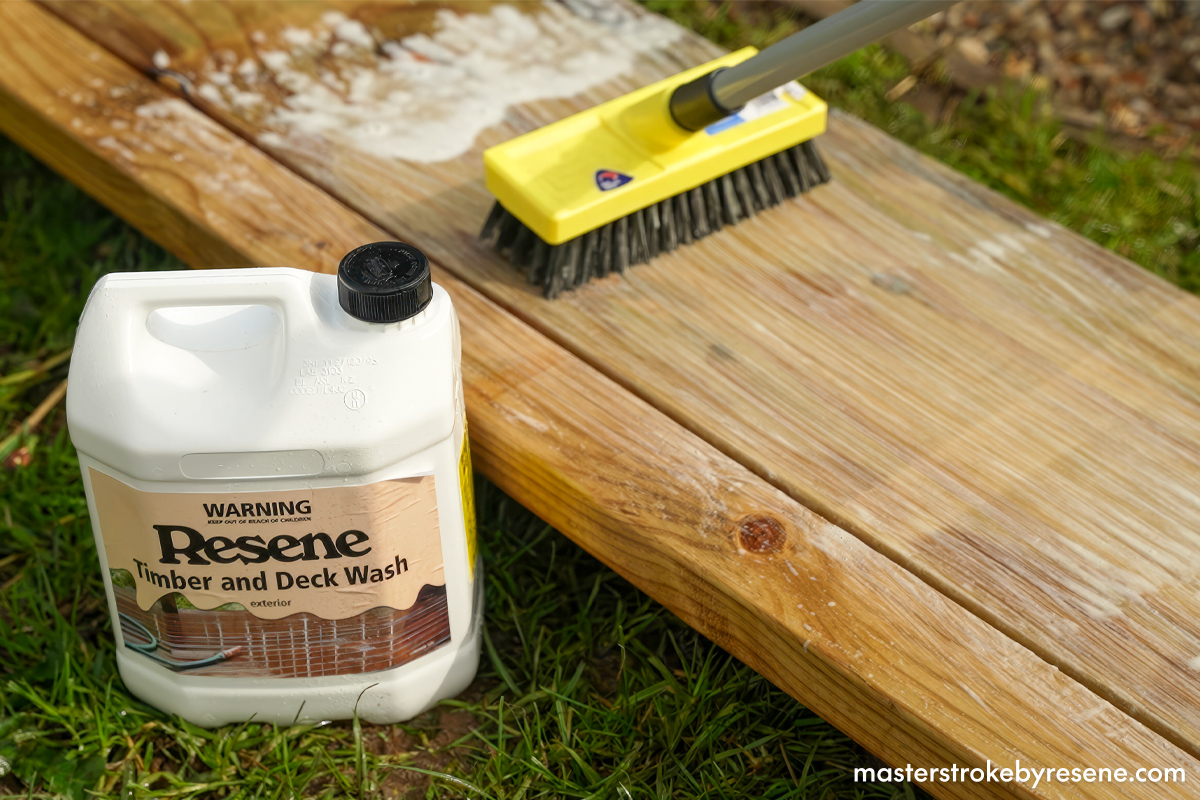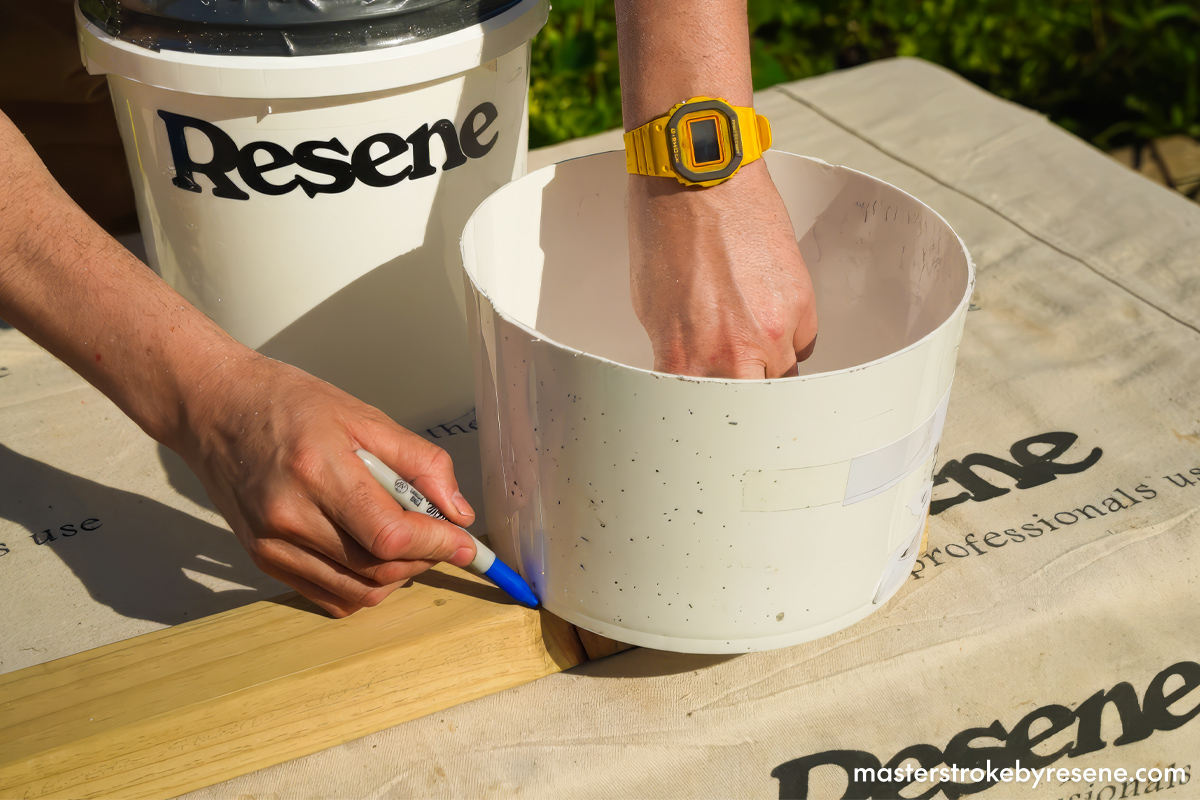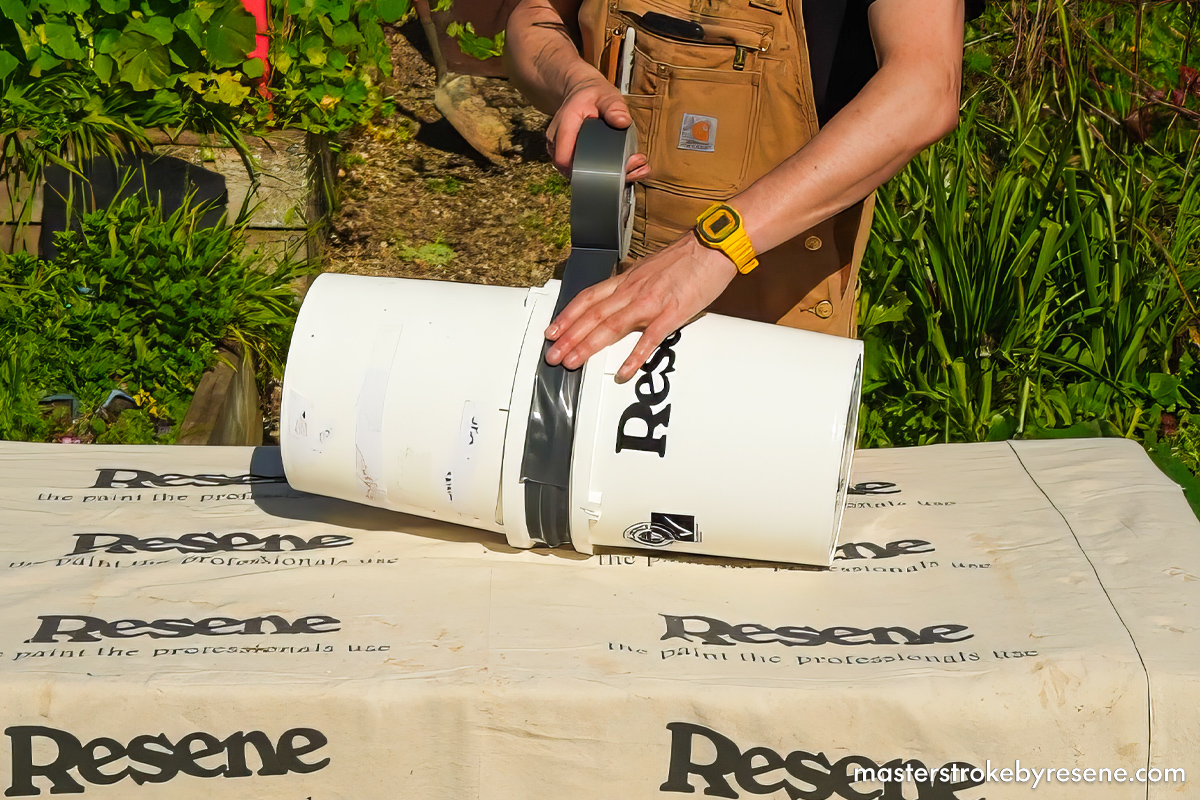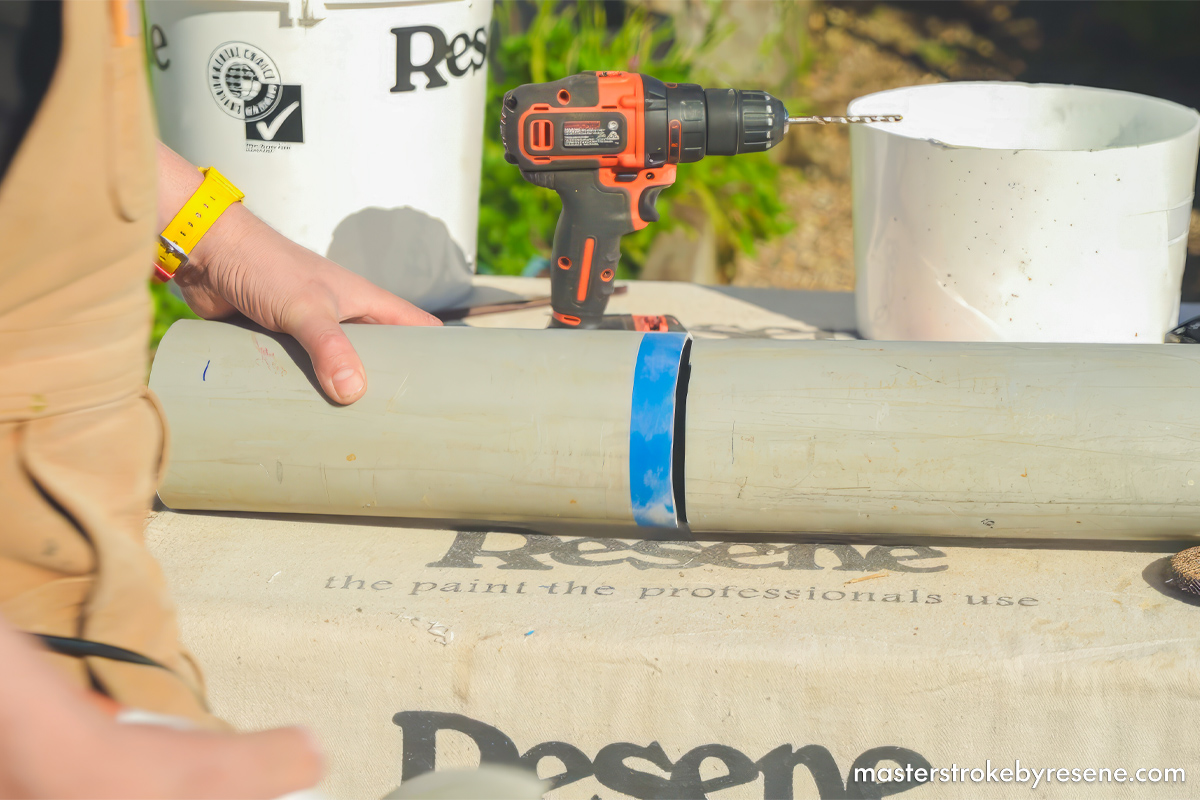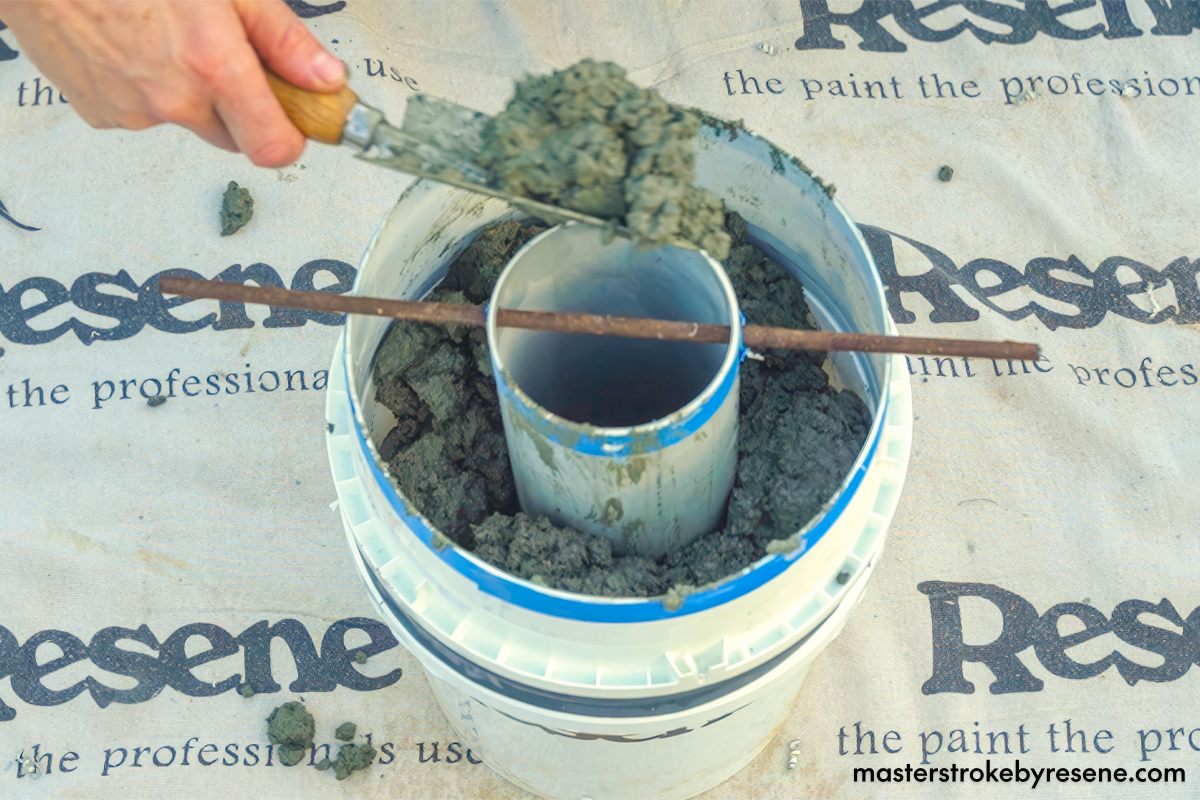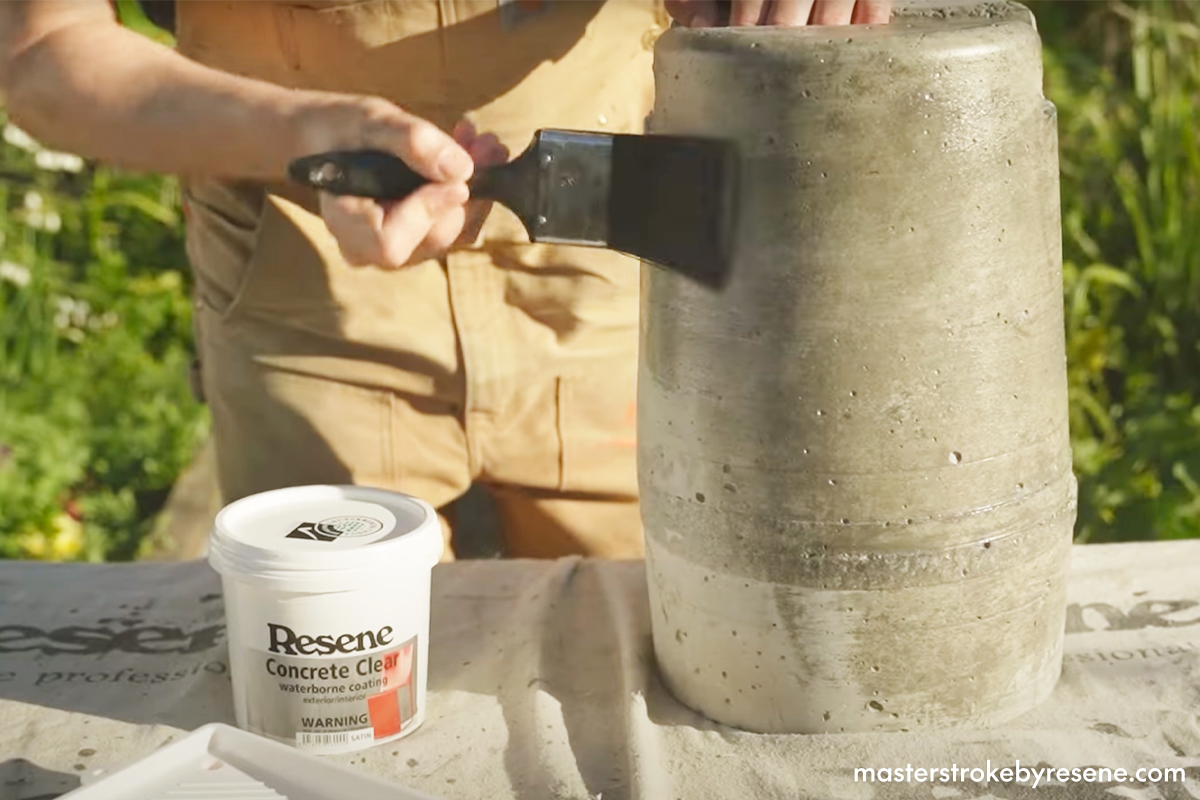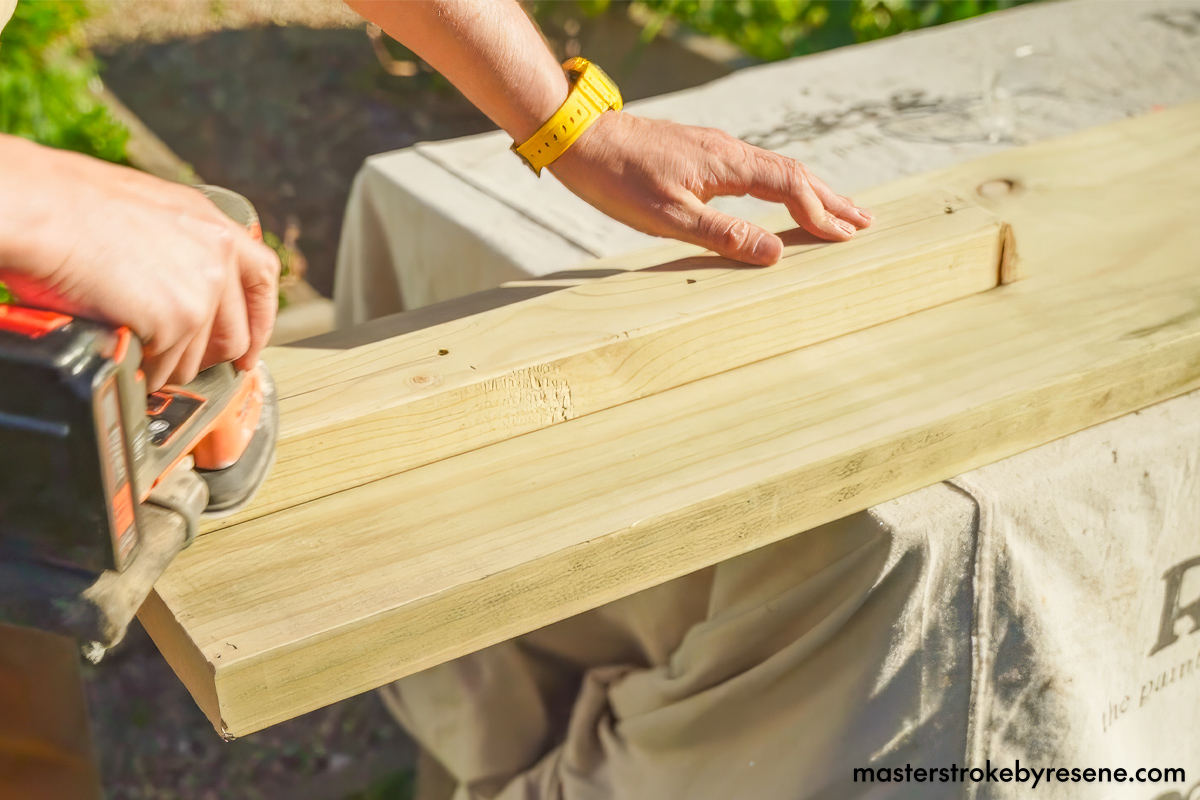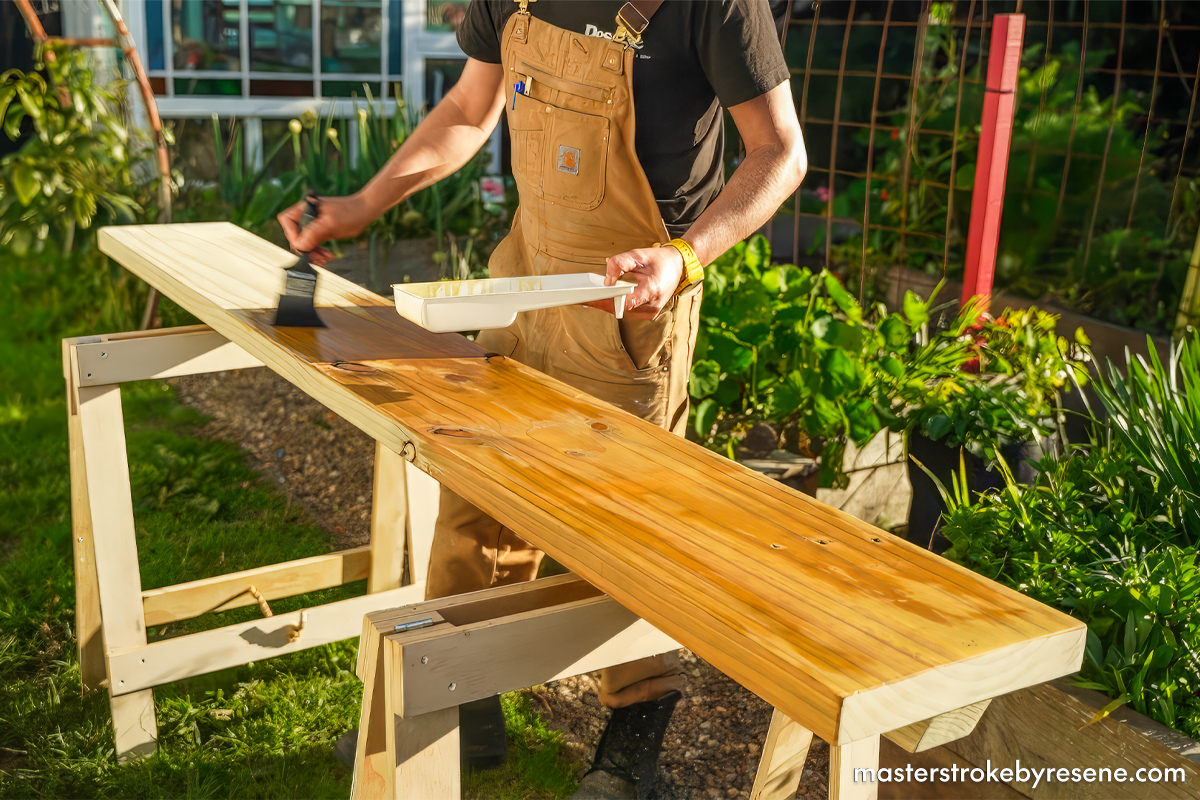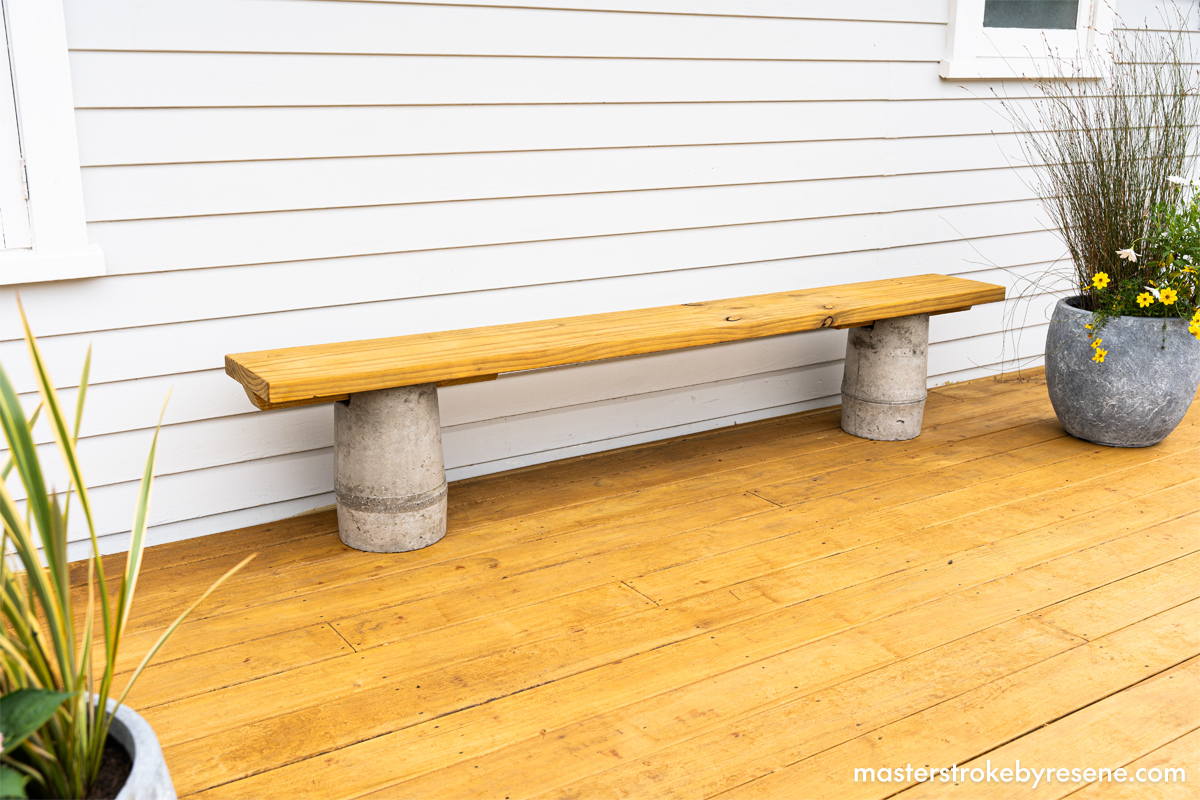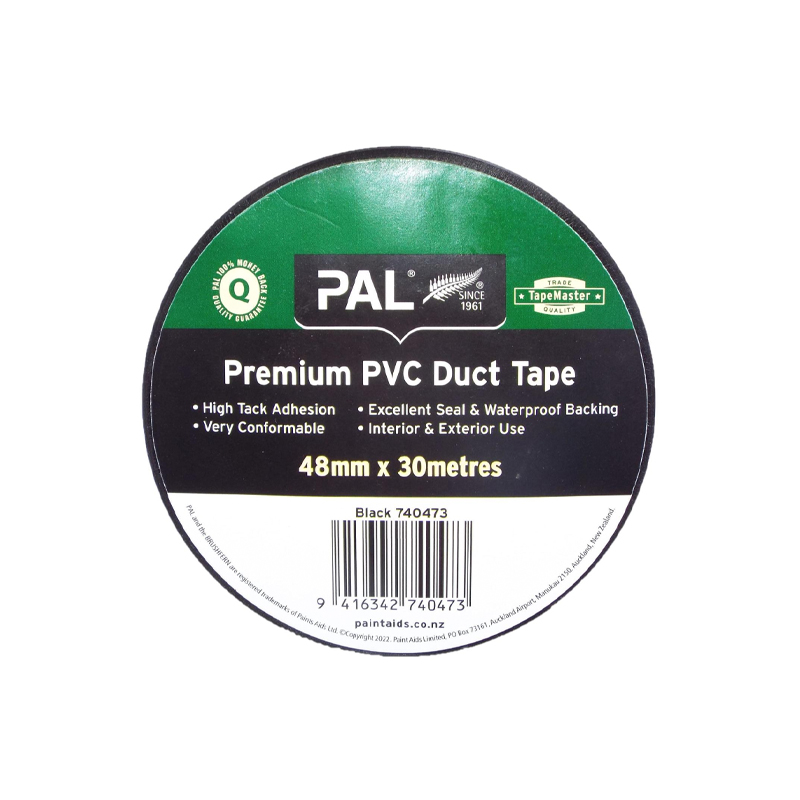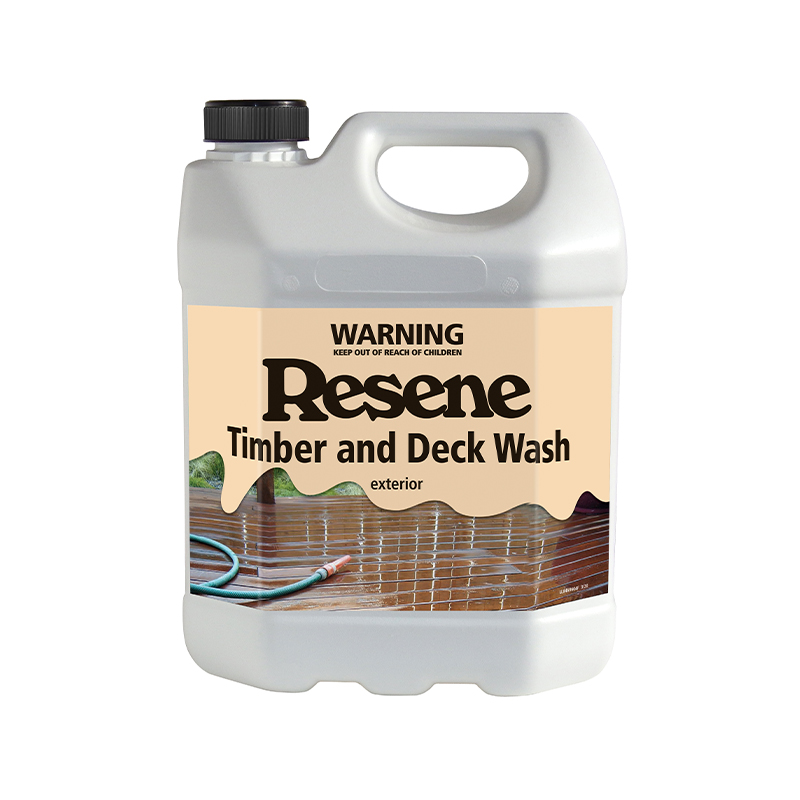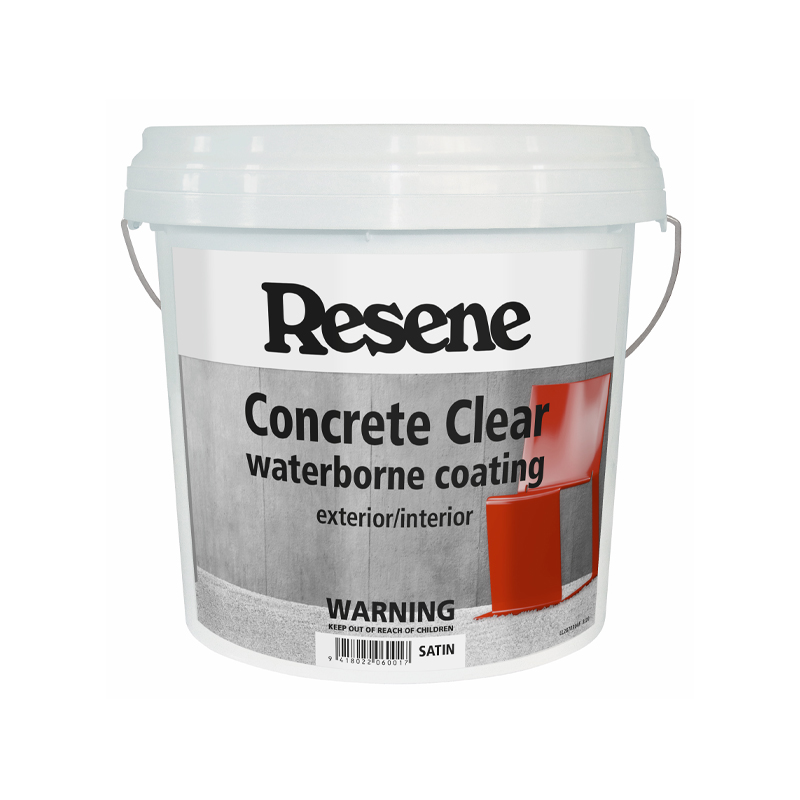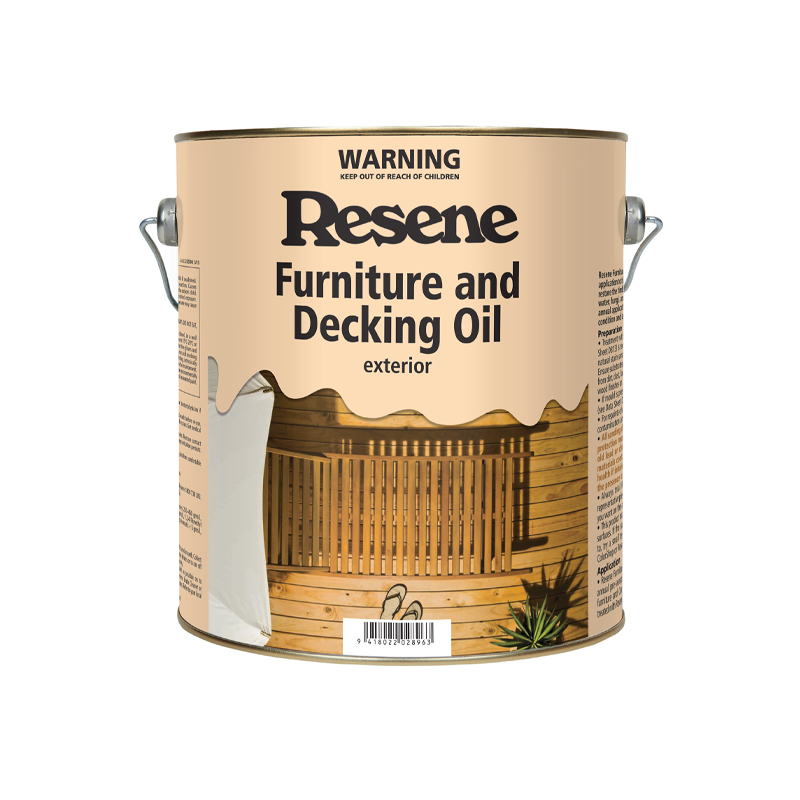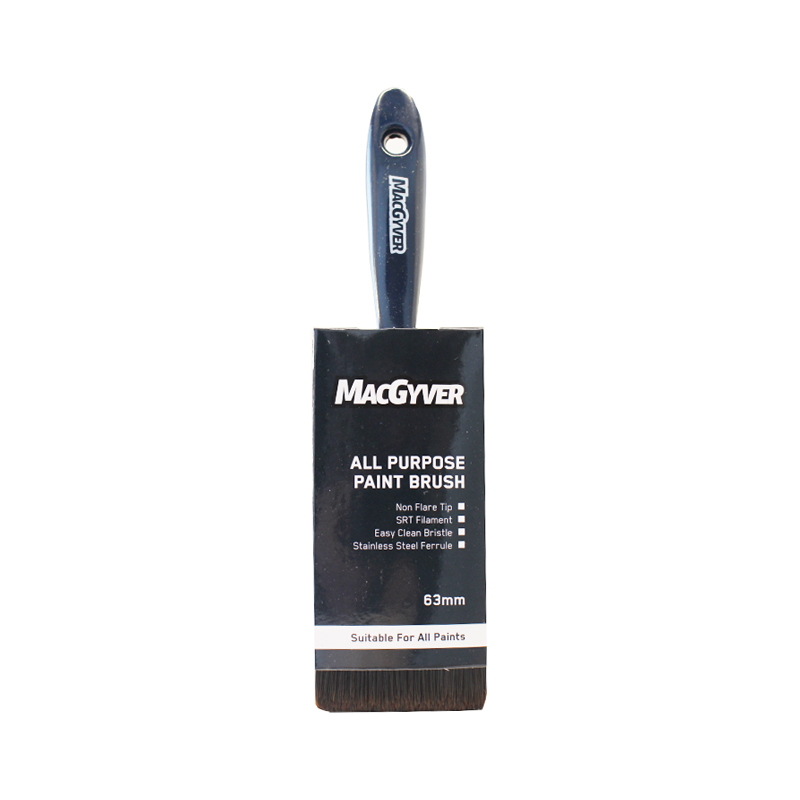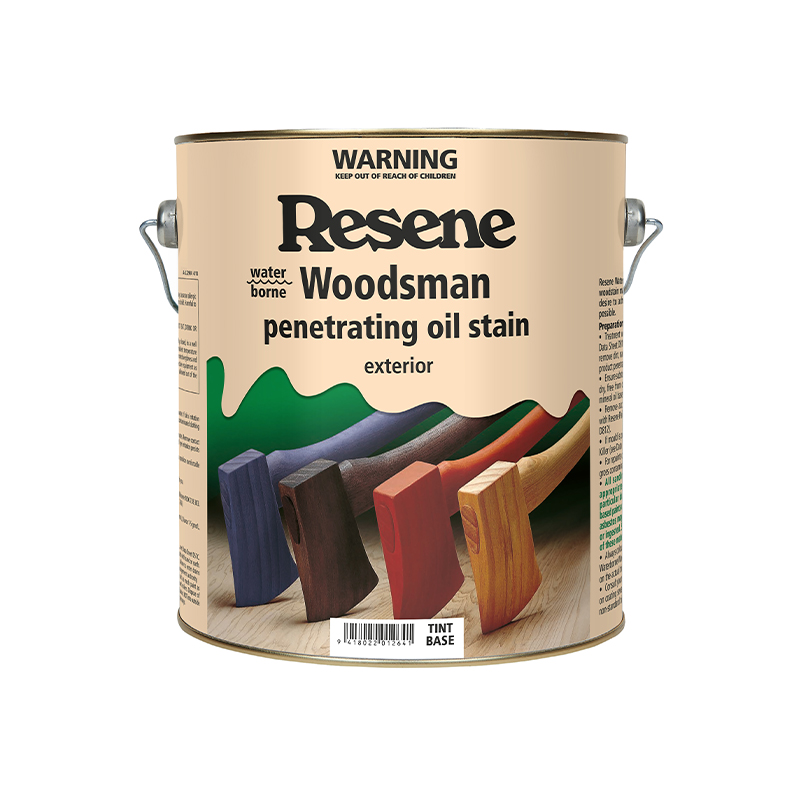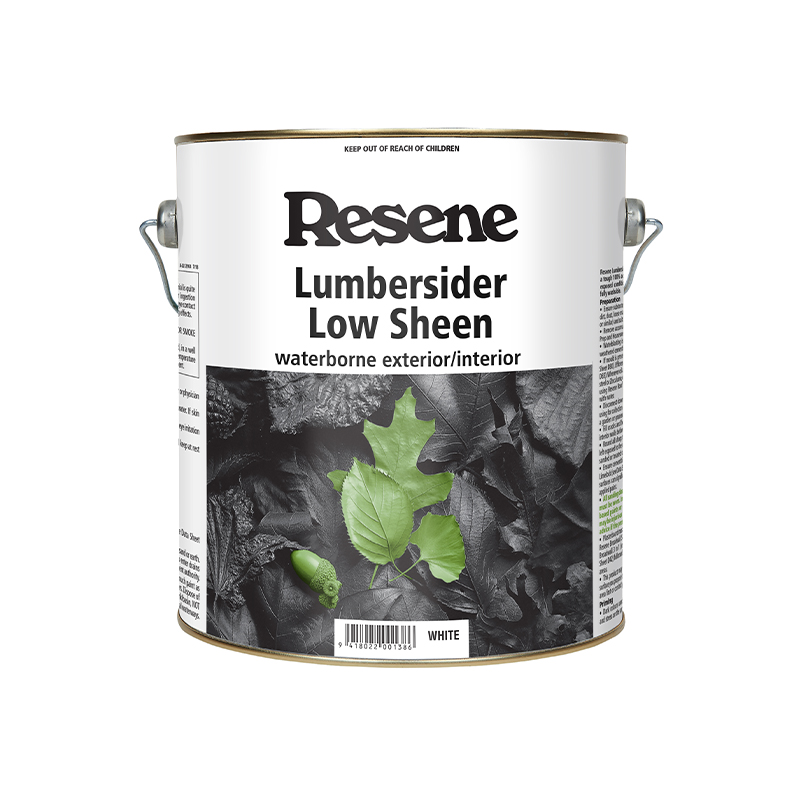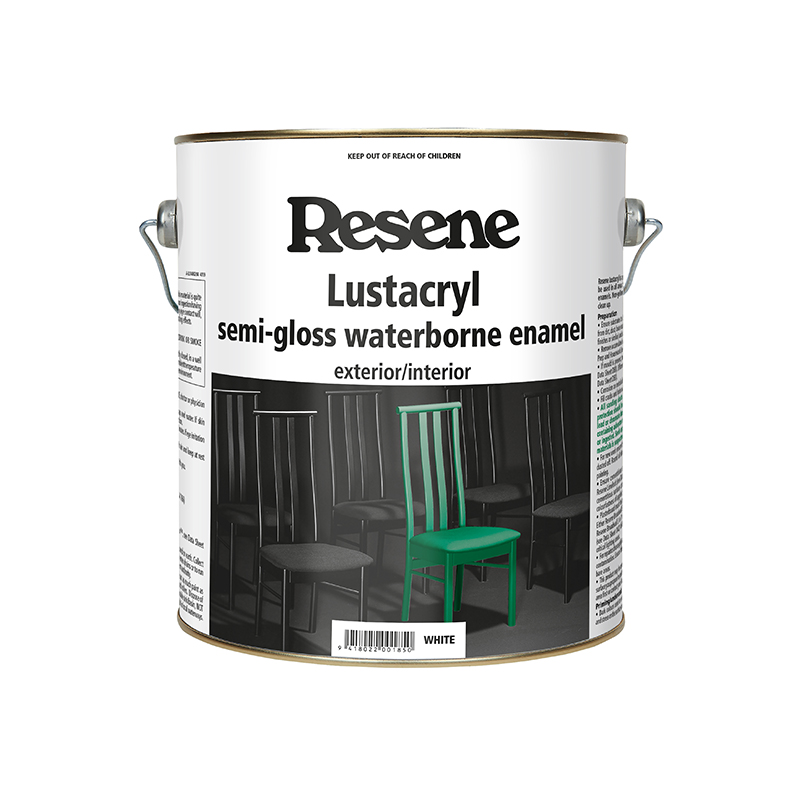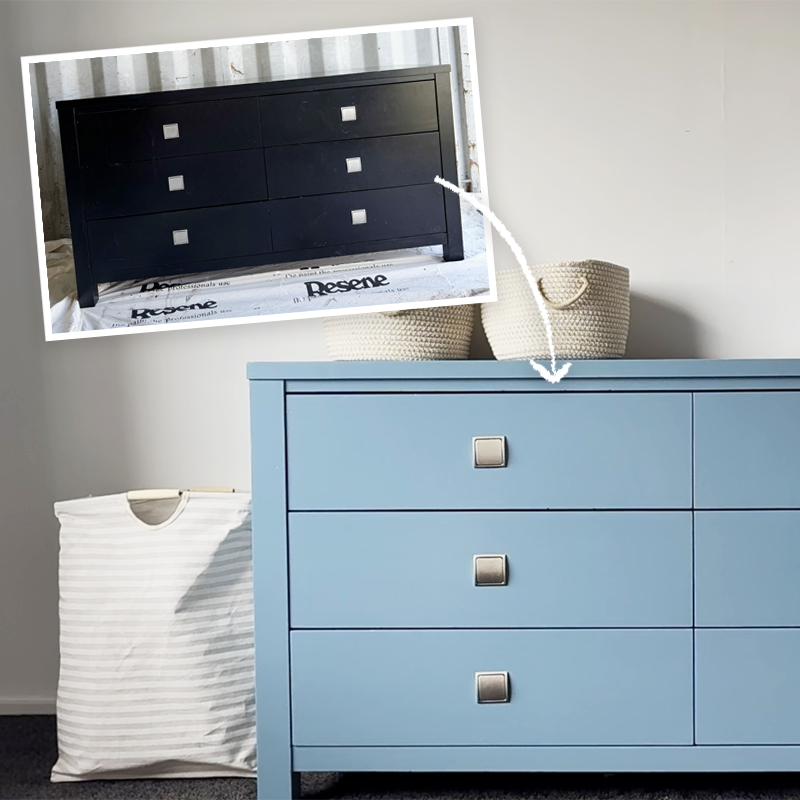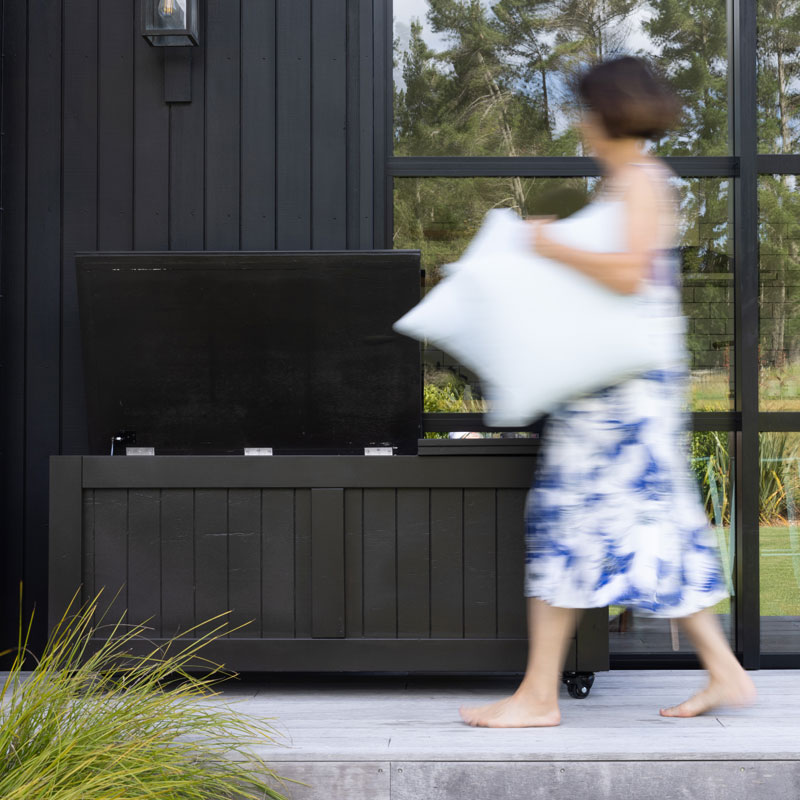Spring is a great time to get outside and give the exterior of your home a bit of a spruce up, especially your decks. These will more than likely be displaying all the moss and mould that likes to rear its head over winter.
Once you’ve attacked this, why don’t you flex your creative muscles and build a bespoke piece of outdoor furniture to display on it? In this episode of The Upcycler, Jacob Leaf (Ngāpuhi) shows us how to make a super cool bench seat using old 10-litre Resene plastic paint buckets. Jacob used the buckets as moulds to make two concrete bases which he sealed with Resene Concrete Clear waterborne coating, then used a piece of timber finished with Resene Furniture and Decking Oil as the bench. These products give it a very professional looking finish and the stylish, simple form means that it’ll work with almost any outdoor setting.
Jacob takes you through this easy to follow, step by step project.

